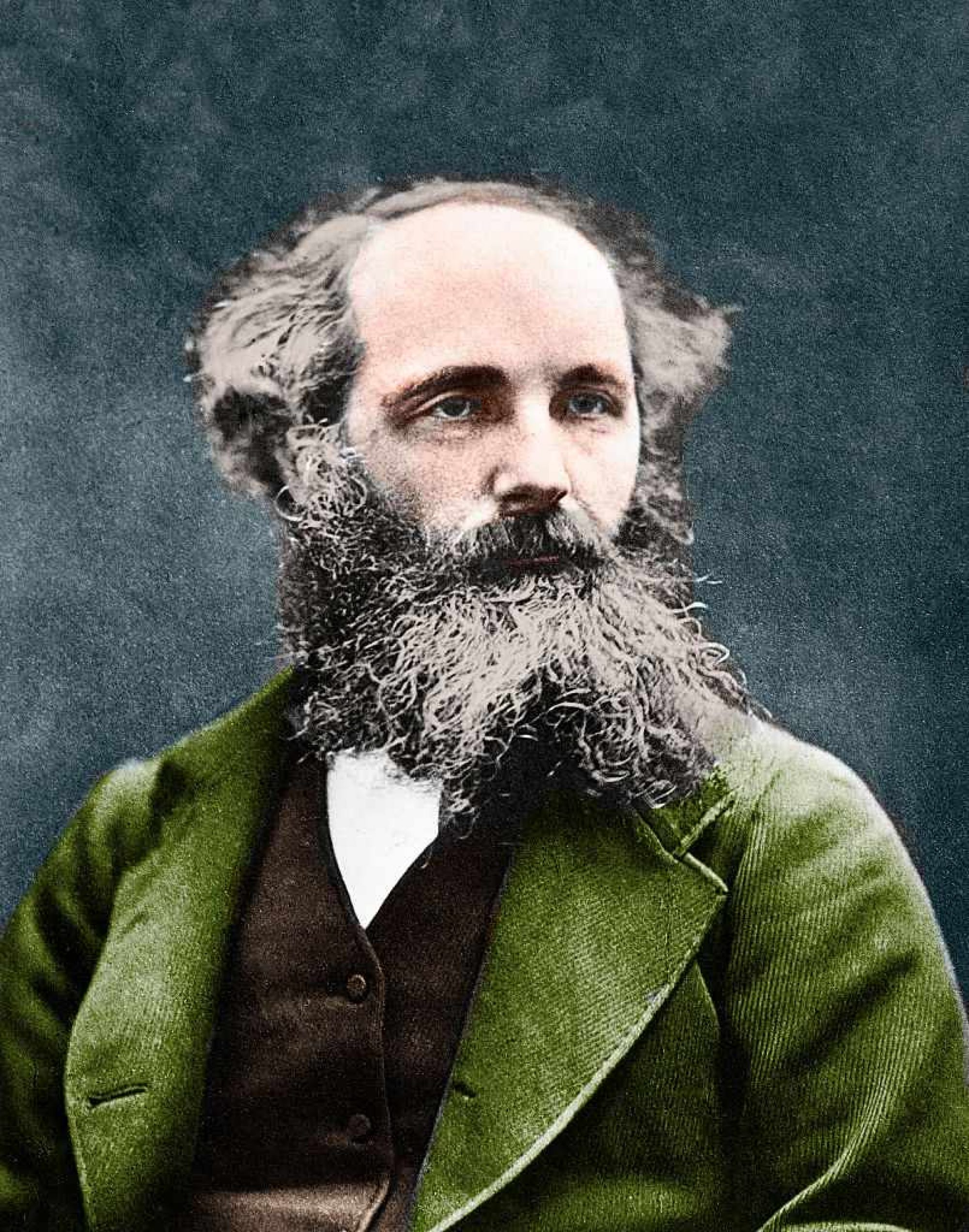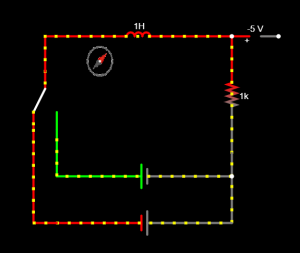Having done the design report and having received the materials for our experiments, the most significant risk right now would be not getting our experiments to work as intended (unreadable/undetectable voltage values in the Faraday experiment, unnoticeable changes to compass in the Ampere-Maxwell Experiment). We intend to make mockups of the two experiments with the materials we have received and test the results of various inputs to ensure our experiments are viable and contribute to our learning objectives for the booth. For contingencies, we already have various fixes lined up for the kinds of issues we expect (using magnets instead of compass if Ampere-Maxwell output is not visible, using capacitors to lengthen duration of voltage spike in Faraday experiment, using amplifiers to increase voltage output in Faraday experiment for more measurable values, etc).
No changes have been made to the existing design of the systems other than the modifications to the Faraday’s law experiment, as were mentioned/shown in the design review report. The schedule remains unchanged as well from what was shown in the report.
As for new tools that we will need to learn, we have determined that we will use the Arduino to read voltage values and send it to a SQLite database, which will be queried by the web application to reflect the induced voltage scores on screen. As a team, we have some experience in using Arduino and SQLite, but we may need to explore more details to ensure we are reading, sending and querying values in the most efficient way possible. We probably also need to learn how to 3D print some custom parts using the 3D printers in TechSpark.


